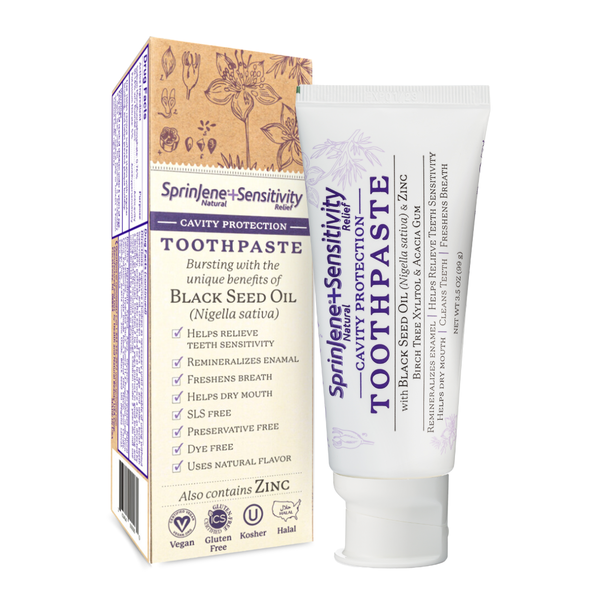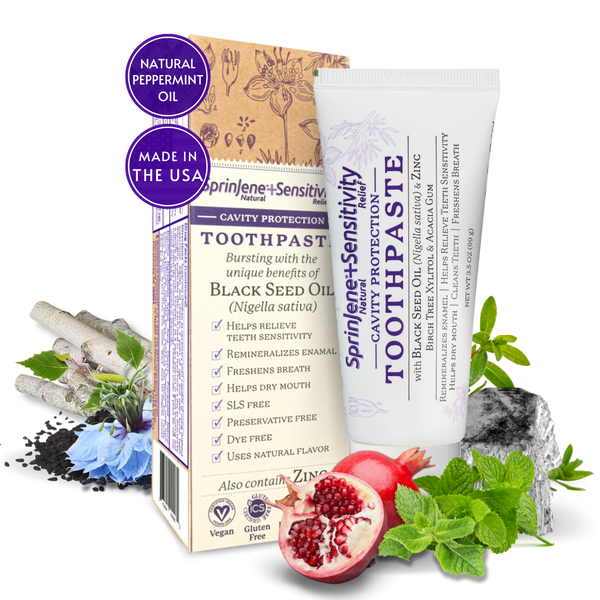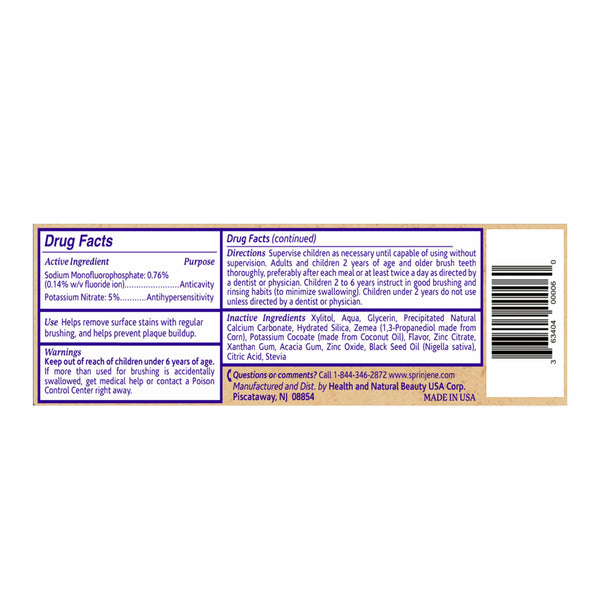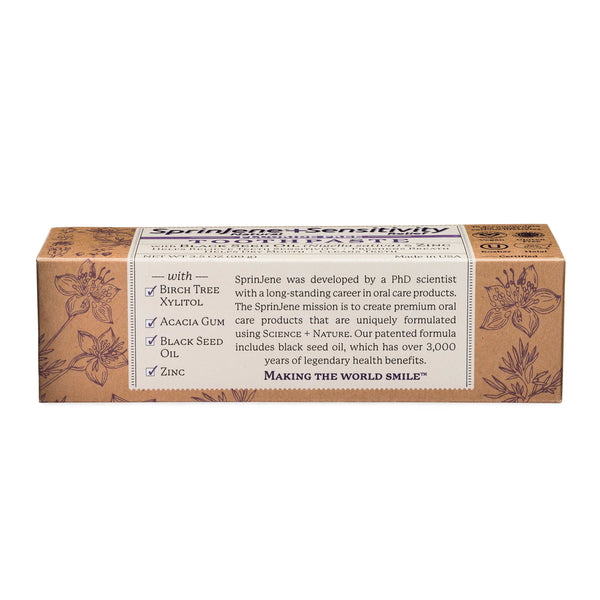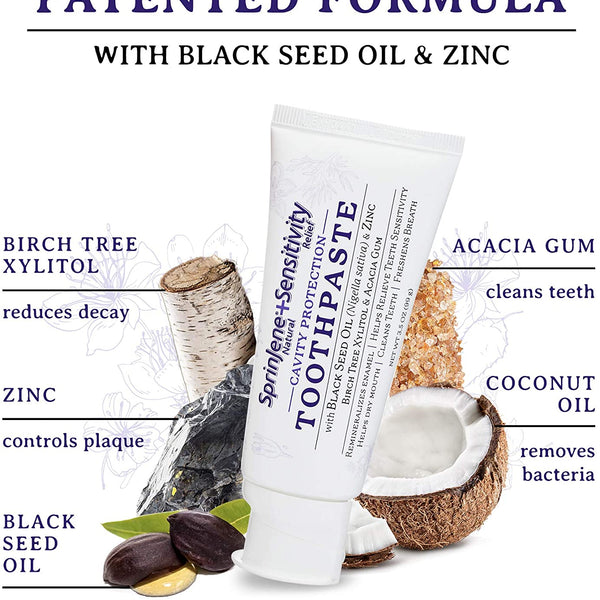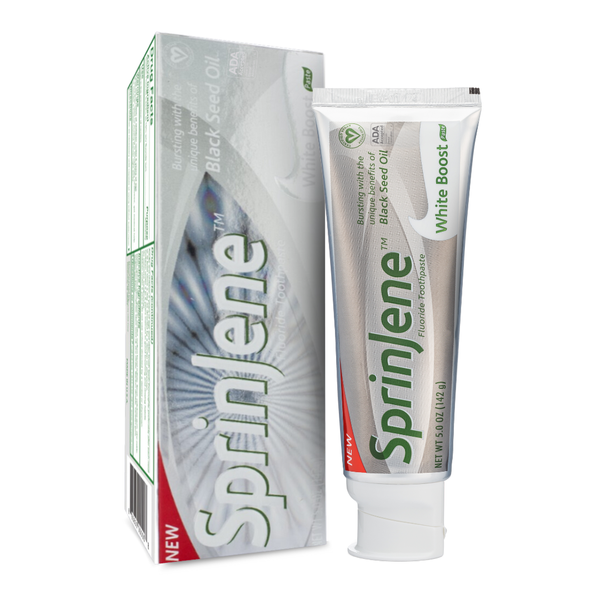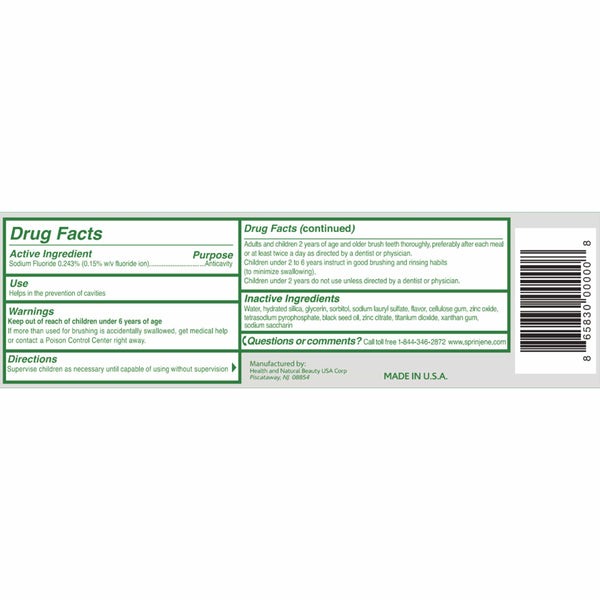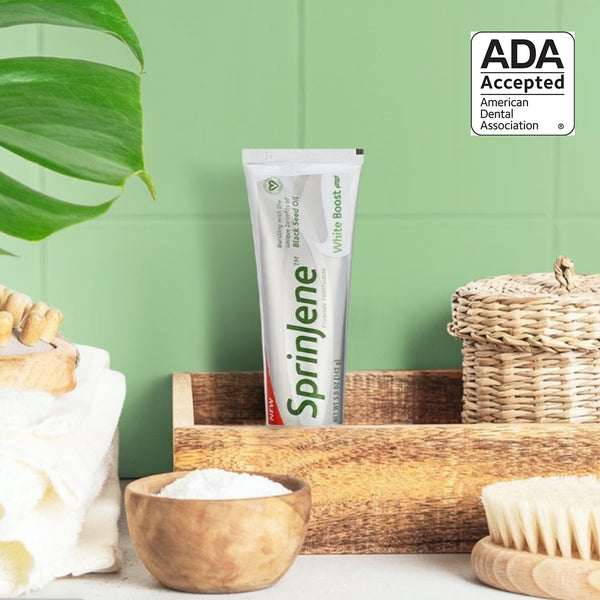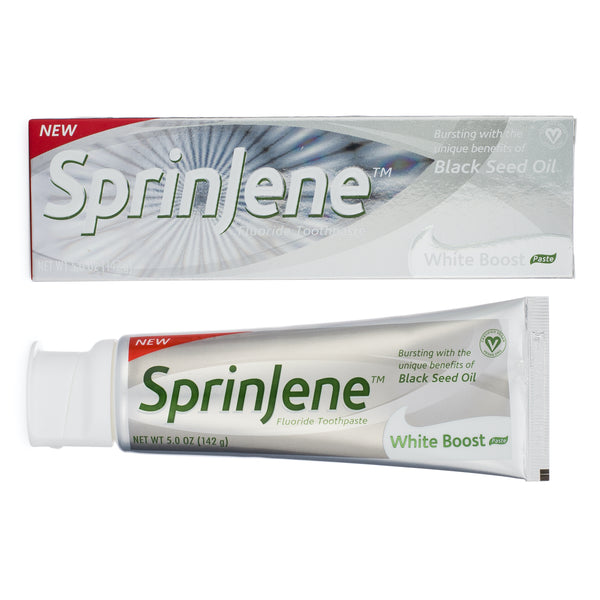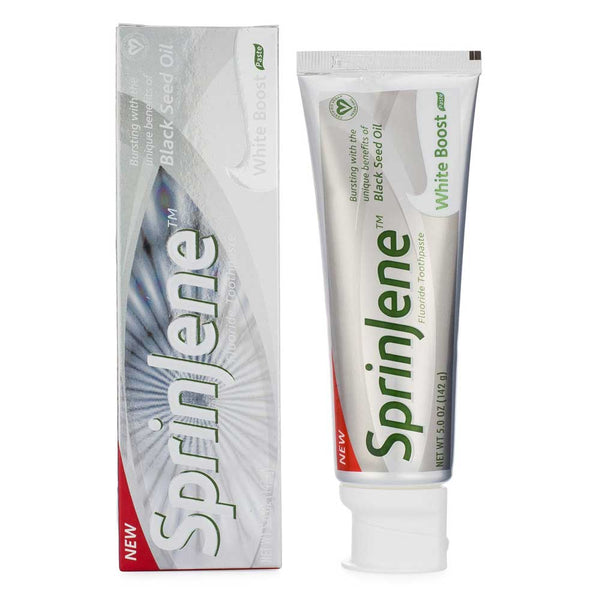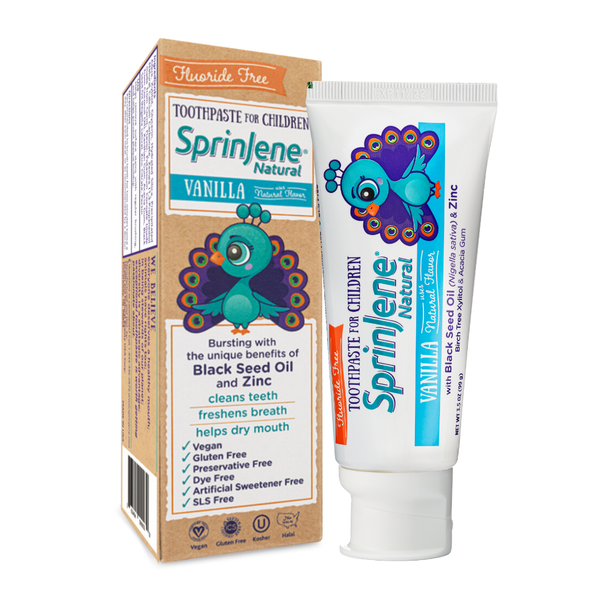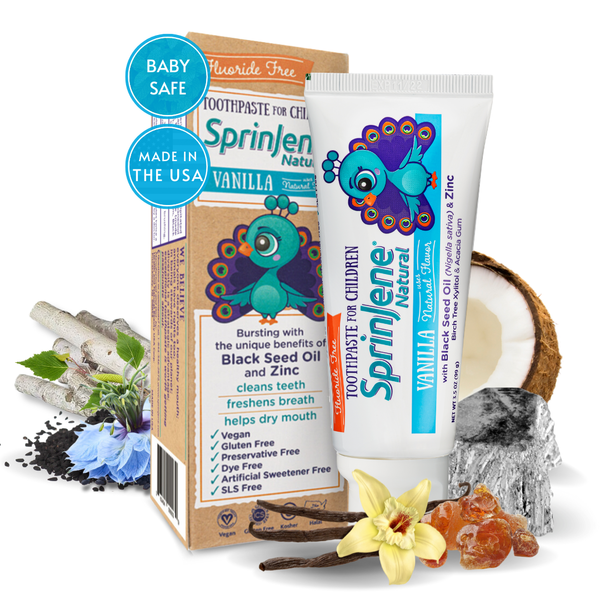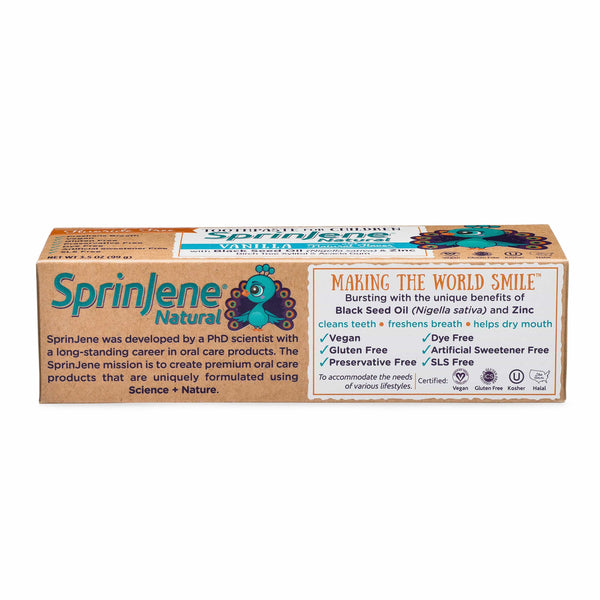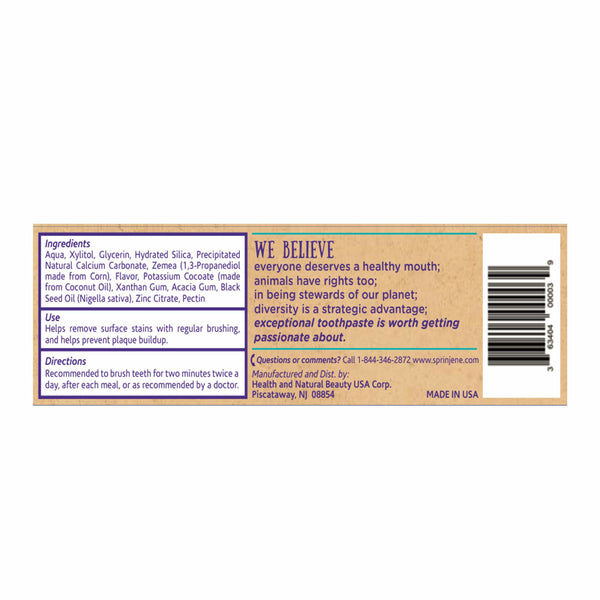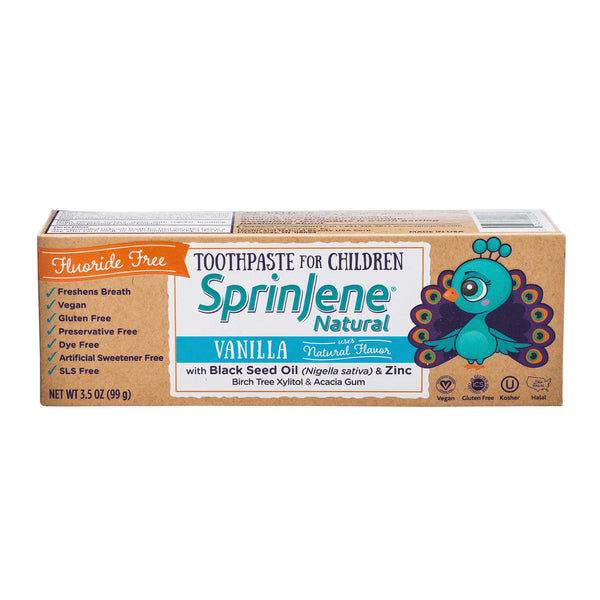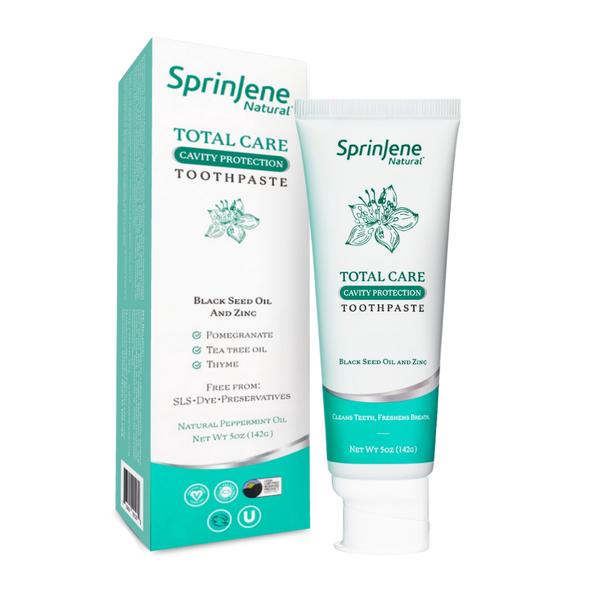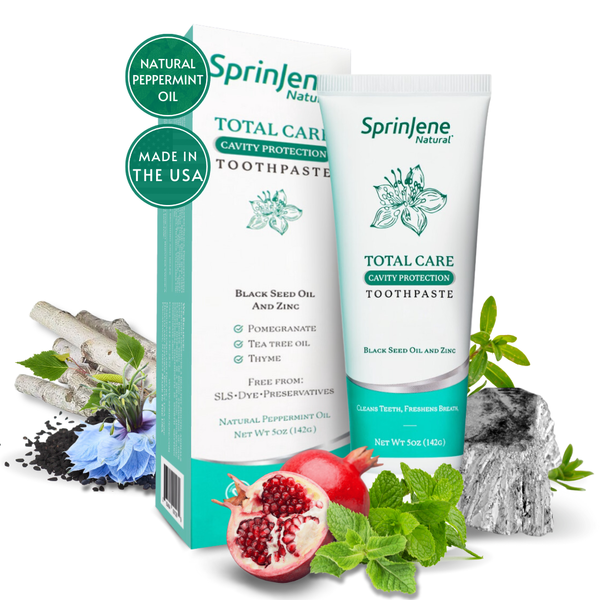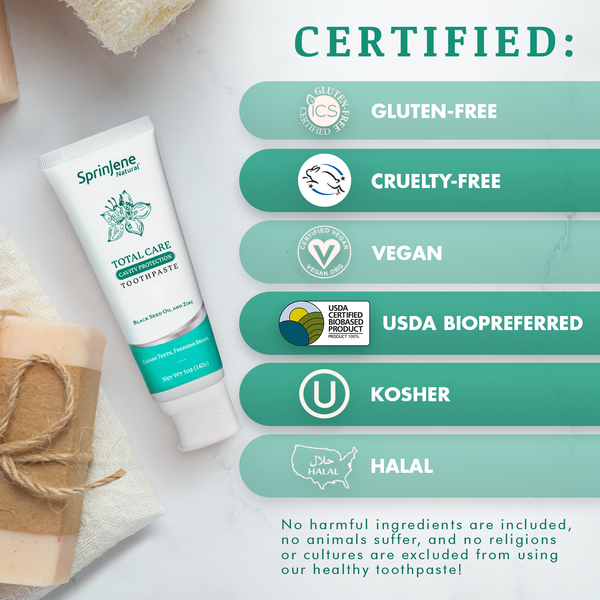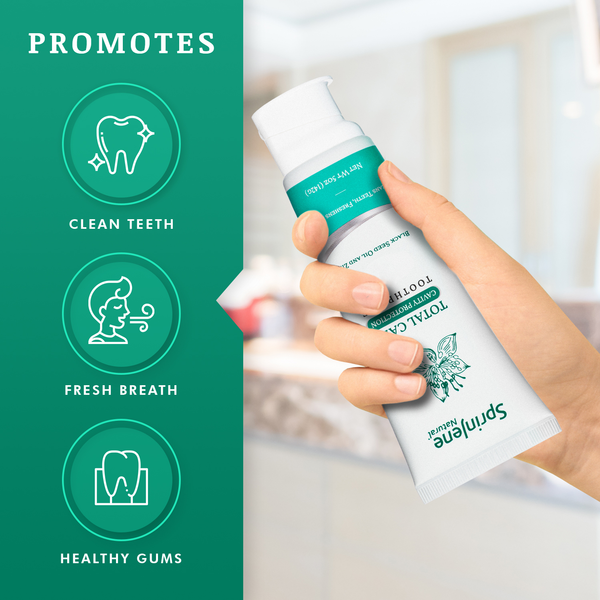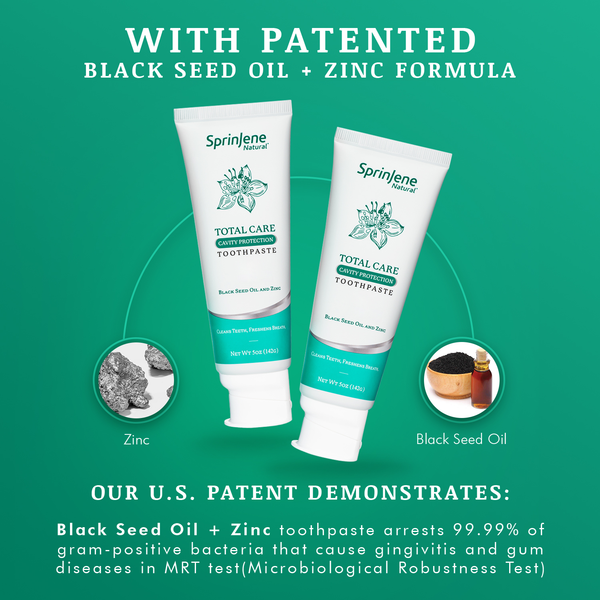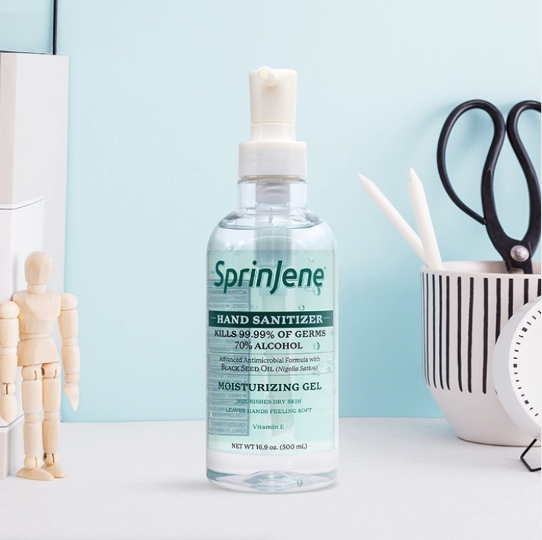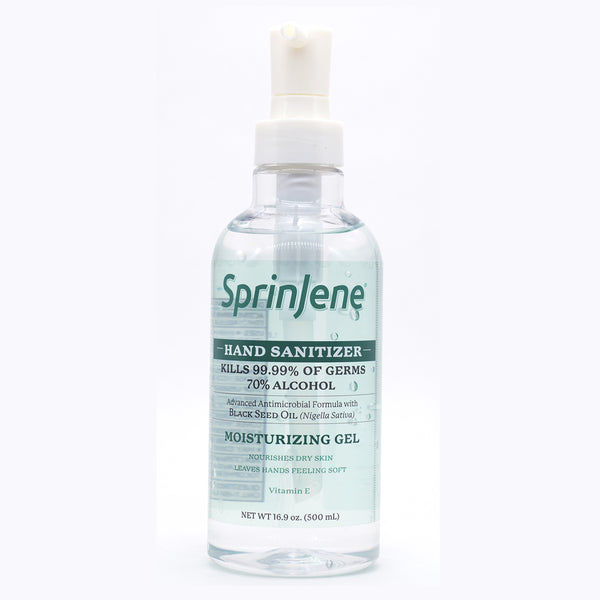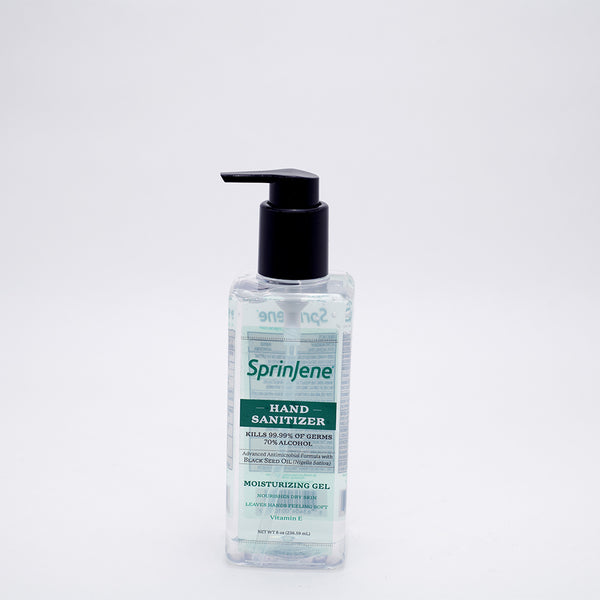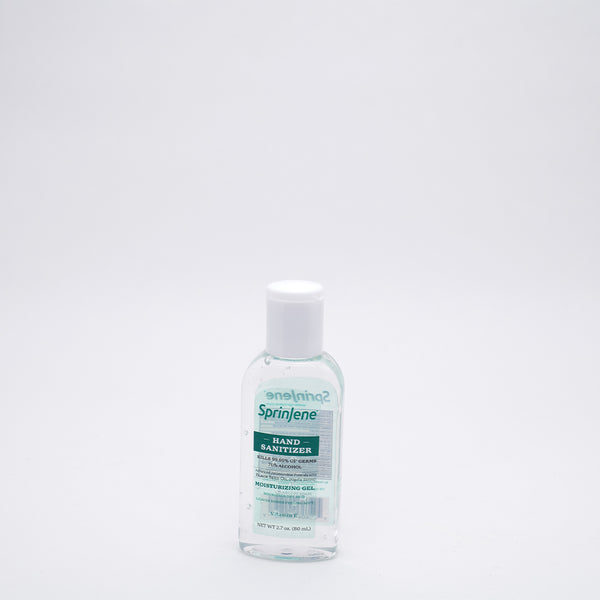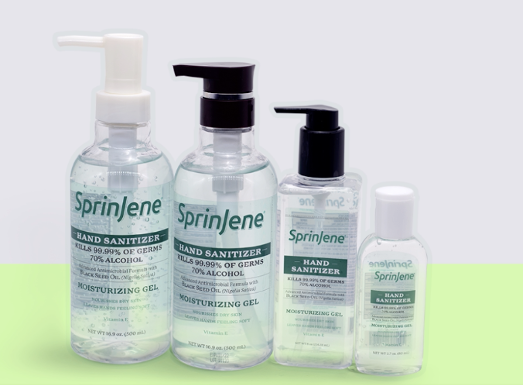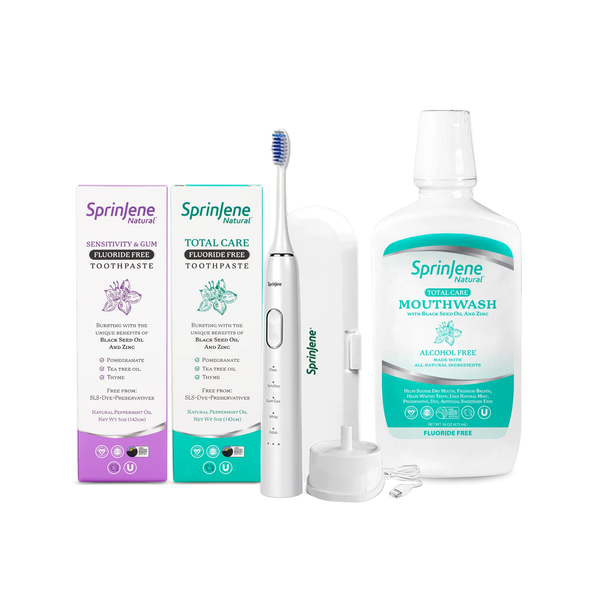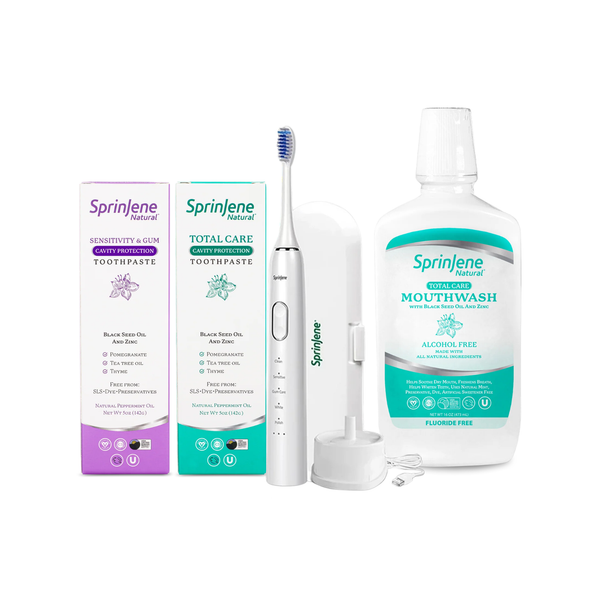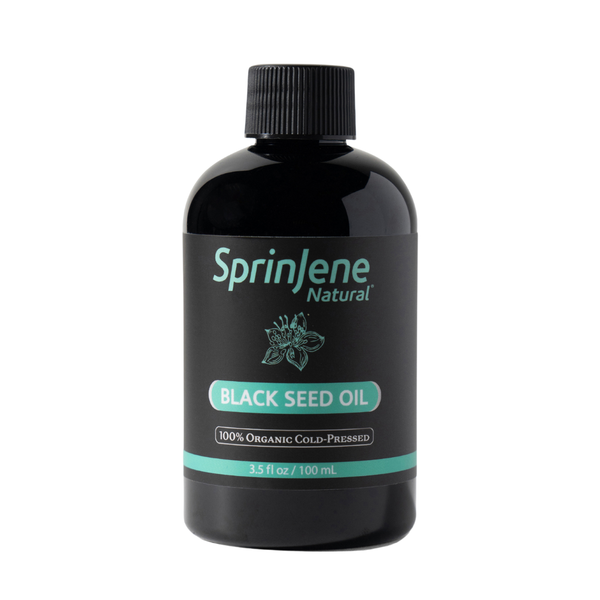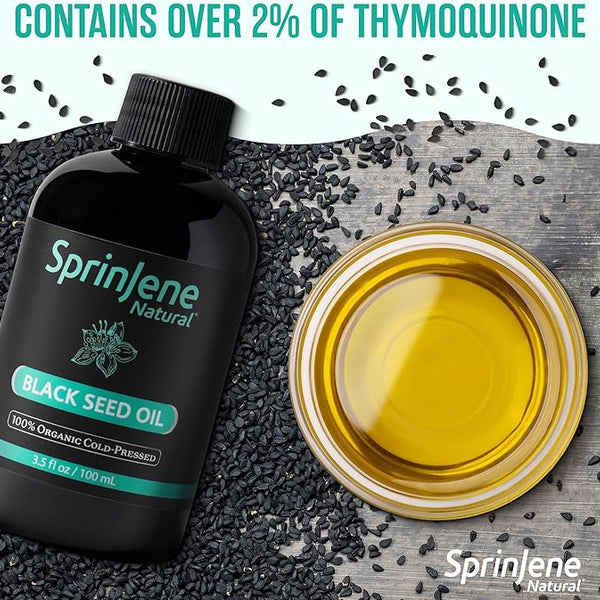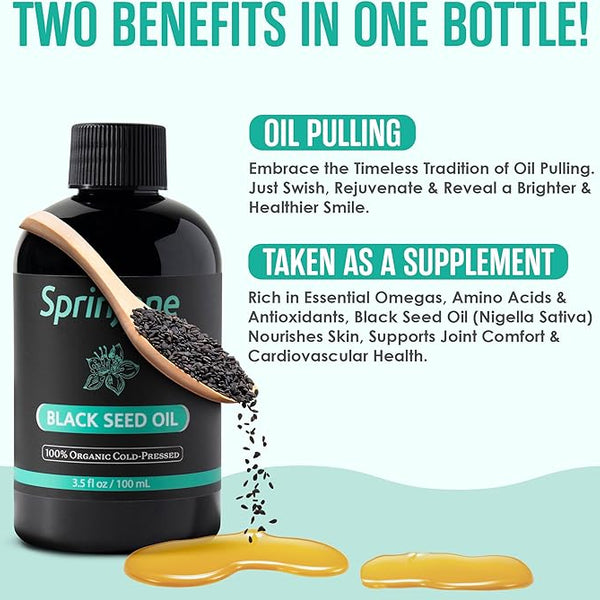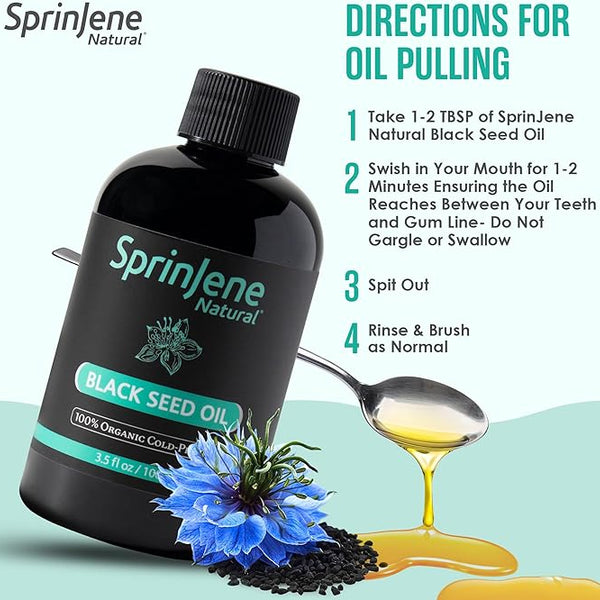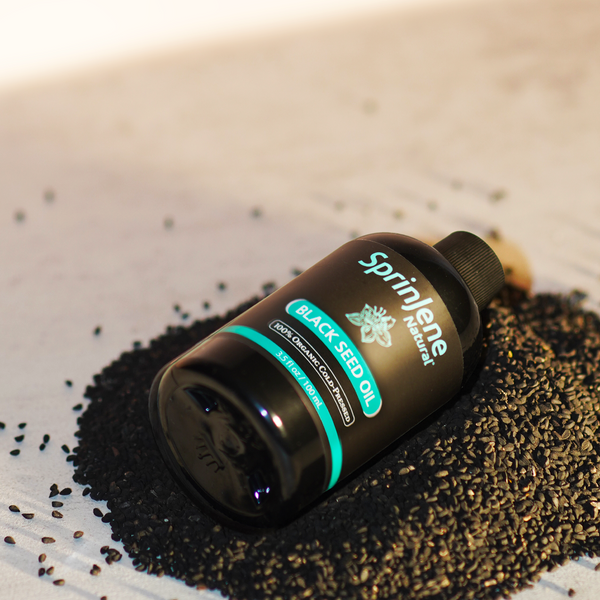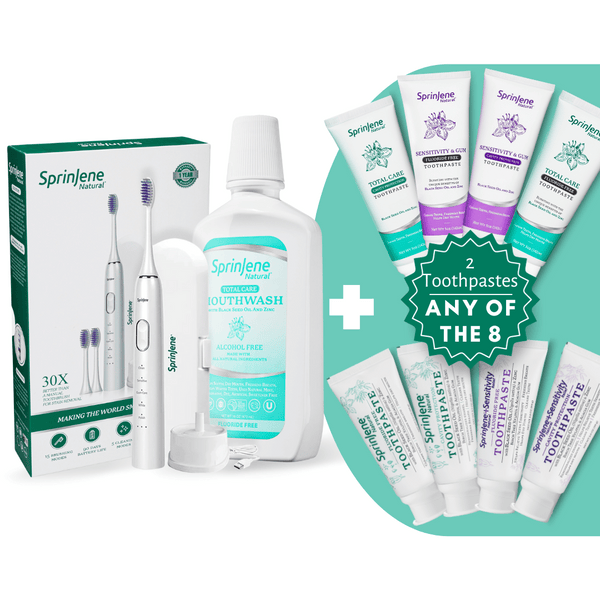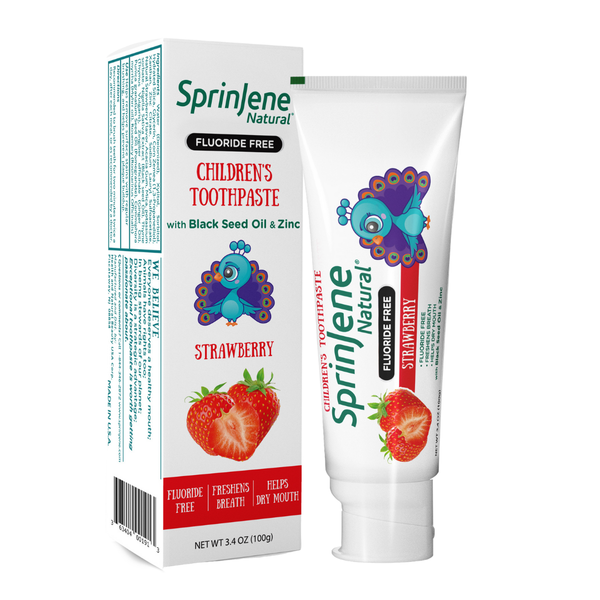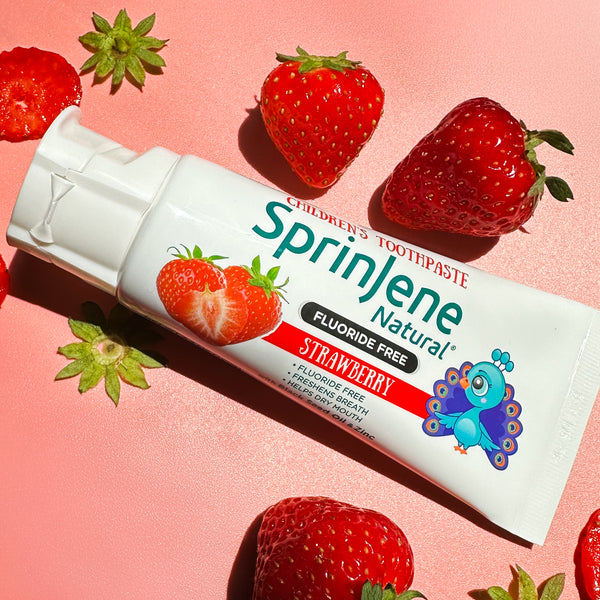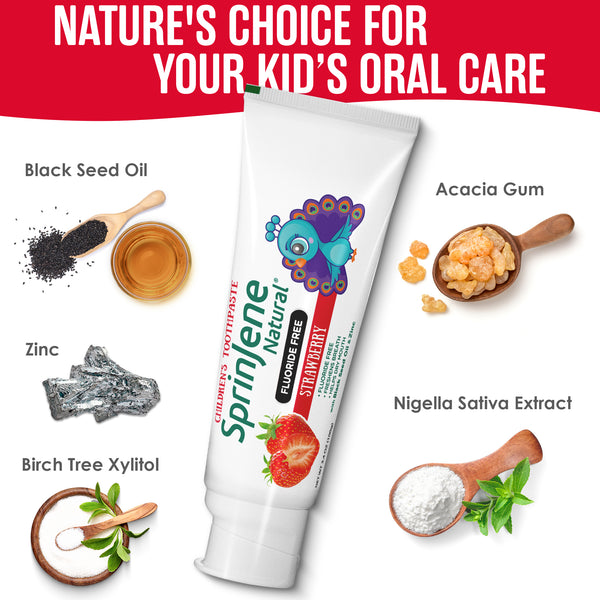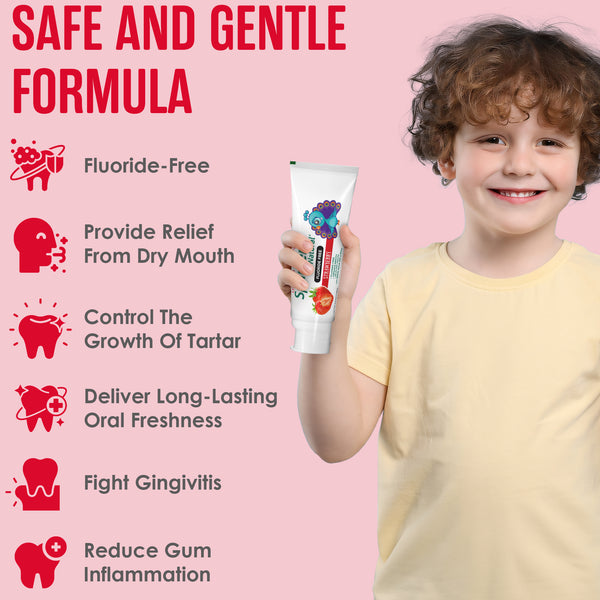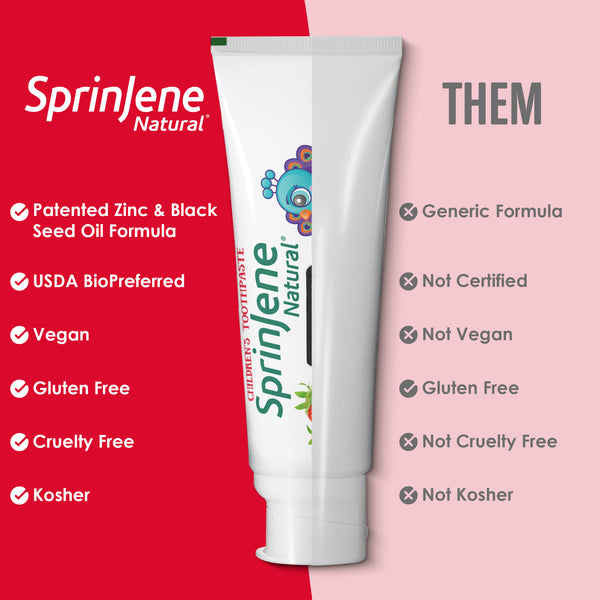
The Tooth is a hard, calcified structure found in the mouth most notably in the jaws of humans and animals and is commonly used to break down food. The roots of teeth are covered by gums. Teeth, despite their strength and hardness, are not made of bone as some might assume, but are actually layers of multiple tissues of varying density and hardness that originate from the embryonic germ layer, the ectoderm.
Teeth, although seldom thought about, play an extremely important role in the lives of all living creatures who have them. The primary function of teeth in humans is to eat and chew food for nutrition. The added function and benefits of teeth is to assist in speech and to give a good facial profile to improve aesthetics.

TOOTH ANATOMY: If one were to view a cross section of a tooth it would reveal the following anatomical structures:
- Enamel. It is the hard exterior of the tooth made up of calcified tissue covering the dentin in the crown of tooth. Because it contains no living cells, there is no sensation in the tooth enamel and neither can it repair damage from decay or from wear. These conditions can only be improved by a dentist.
- Anatomical Crown. This is the visible part of your tooth. It is normally covered by enamel.
- Dentin. This is the layer just beneath the enamel. It contains microscopic tubules or canals. The dentin is living tissue and when exposed in the case of wear and tear of the enamel the tubules allow heat, cold or acidic or sticky foods to stimulate the nerves and cells inside the tooth, causing sensitivity.
- Gums or gingiva. Soft tissue that covers and protects the roots of your teeth. The gingival pads also protect the underlying teeth that have not yet erupted.
- Pulp Chamber. This is the chamber that encapsulates the pulp and soft tissue at the center of the tooth. This comprises of nerves, blood vessels and connective tissue.
- Neck. The junction where the crown joins the root.
- Jawbone. The part of the facial bone that surrounds the roots of the teeth.
- Cementum. This is hard connective tissue which protects the roots of the teeth and provides attachment to the periodontal ligament.
- Periodontal Ligament. A network of collagenous connective tissue fibers that connect the root of a tooth to its socket. These make up the support system of the tooth.
A new born child has no teeth present in their mouth but by the time they are two years old they will have a total of 20 teeth trying to find space in their mouth. These are called primary or milk teeth. This is because these teeth eventually fall out and are replaced by permanent or secondary teeth.
A normal healthy adult has a total of 32 teeth in their mouth. Eruption of these teeth typically begins at the age of 6-7. If well looked after, your adult teeth will last you an entire life time. Therefore it is essential to take care of your teeth.
Here are some simple steps, if followed and practiced in routine, which should never leave you with any severe problems with your teeth.
- Understand your own oral health needs
- Brush twice a day everyday
- Invest in a good quality natural toothpaste, one that is non-toxic and suits your particular needs
- Invest 5 minutes of your day in flossing
- Use fluoride
- See your dentist every 6 months
- Don’t smoke
- Drink water instead of sugary/carbonated drinks
- Limit snacking
- Examine yourself weekly and do not wait for a tooth ache to visit your dentist
Some of the top factors that contribute to good oral hygiene:
1. Good brushing practice: Brush for 2 full minutes. Brush in gentle circular motion rather than aggressive side to side movements.
2. Type of Tooth Brush: use a soft tooth brush with a small head to avoid damage to the gingival tissue.
3. Quality of Toothpaste and Mouthwash: it is recommended to use a good quality natural tooth paste suited to your specific needs
use an antibacterial mouth wash once or twice a week especially if you have a high sugar diet.
4. Flossing and Diet: Remember to floss once or twice a day at least as the brush alone cannot reach interdental spaces. Maintain a healthy diet free from excess sugars and carbonated drinks.
[Tooth Anatomy Image:




